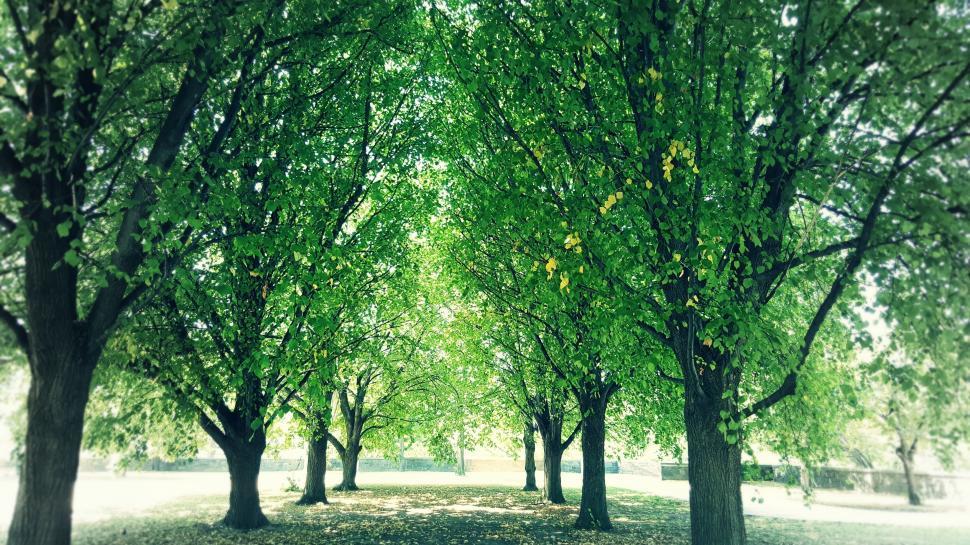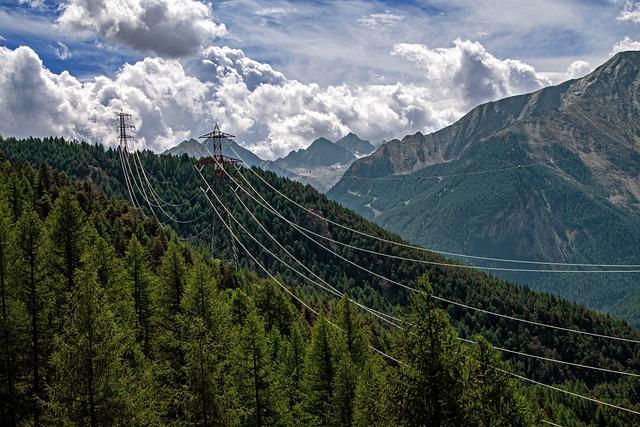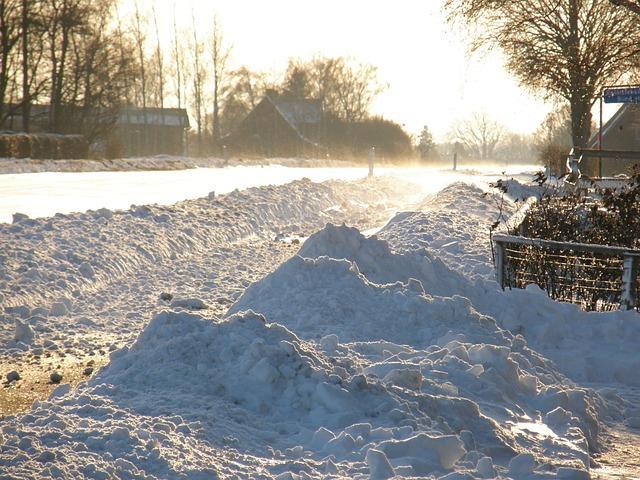In the ongoing battle against soil erosion, trees have emerged as crucial allies, playing a significant role in safeguarding our landscapes and preventing the loss of fertile topsoil. Their intricate root systems, canopy cover, and overall ecosystem services work in synergy to reinforce the stability of soil and prevent erosion. Understanding the symbiotic relationship between trees and soil erosion is essential in our efforts to protect and preserve our precious natural resources.
Table of Contents
- The Importance of Tree Roots in Soil Stabilization
- Types of Trees That Are Most Effective in Erosion Control
- How Trees Help Reduce Surface Water Runoff
- Best Practices for Using Trees in Soil Erosion Prevention Efforts
- Q&A
- Conclusion
The Importance of Tree Roots in Soil Stabilization
Tree roots play a crucial role in soil stabilization, helping to prevent erosion and promote overall soil health. As trees grow, their roots spread out and intertwine beneath the surface, creating a dense network that helps to hold soil in place. This network of roots helps to reduce the risk of landslides and runoff, which can be detrimental to the surrounding ecosystem.
One of the key ways in which tree roots stabilize soil is through their ability to absorb excess water. When it rains, tree roots take up water from the soil, helping to reduce the likelihood of waterlogging and erosion. In addition, the organic matter produced by trees as they shed leaves and branches helps to improve soil structure and fertility, further enhancing its stability.
Types of Trees That Are Most Effective in Erosion Control
When it comes to preventing soil erosion, trees play a crucial role in stabilizing the land and protecting it from the forces of nature. Certain types of trees are particularly effective in erosion control due to their deep root systems and ability to hold the soil together. Here are some tree species that are known for their effectiveness in combatting erosion:
- Willow Trees: Willow trees are well-known for their ability to thrive in wet conditions, making them ideal for stabilizing riverbanks and preventing water runoff.
- Pine Trees: Pine trees have long taproots that can reach deep into the soil, anchoring it in place and preventing erosion on steep slopes.
- Oak Trees: Oak trees have strong root systems that can spread wide and deep, making them excellent for stabilizing soil in areas prone to erosion.
How Trees Help Reduce Surface Water Runoff
One crucial way in which trees contribute to soil erosion prevention is by reducing surface water runoff. Their intricate root systems act as a natural barrier, slowing down the flow of water and allowing it to be absorbed into the soil. This helps to prevent water from washing away the topsoil and carrying sediment into nearby waterways.
Additionally, trees also play a vital role in stabilizing slopes and preventing erosion by holding the soil in place with their roots. By binding the soil together, trees help to reduce the likelihood of landslides and soil slippage during heavy rainfall events. This not only protects the land itself but also helps to maintain water quality by preventing sediment and pollutants from entering rivers, lakes, and streams.
Best Practices for Using Trees in Soil Erosion Prevention Efforts
Trees play a crucial role in preventing soil erosion through their root systems that help hold the soil in place. When strategically planted and managed, trees can significantly reduce the impact of erosion on landscapes. To maximize the effectiveness of trees in erosion prevention efforts, it’s important to follow best practices:
- Choose the right tree species: Select trees that have deep and extensive root systems, such as oak, willow, or pine, that can effectively anchor soil in place.
- Plant trees strategically: Consider the slope of the land and the direction of water flow when planting trees to ensure they provide maximum protection against erosion.
- Maintain trees regularly: Prune trees as needed to ensure healthy growth and longevity, as healthy trees are better equipped to withstand erosion and other environmental stresses.
| Tree Species | Root System |
|---|---|
| Oak | Deep and extensive |
| Willow | Extensive and fibrous |
| Pine | Deep and strong |
Q&A
Q: Why are trees important in preventing soil erosion?
A: Trees play a crucial role in preventing soil erosion by providing root systems that help bind soil together and reduce the impact of water and wind erosion.
Q: How do trees help to improve soil structure?
A: Trees create a network of roots that help aerate the soil, improve water infiltration, and encourage the growth of beneficial microorganisms that enhance soil health.
Q: What types of trees are most effective in preventing soil erosion?
A: Deep-rooted trees such as oak, pine, and cedar are particularly effective in stabilizing soil and preventing erosion due to their extensive root systems.
Q: How can planting trees help to combat soil erosion on a large scale?
A: Planting trees in strategic locations, such as along riverbanks or on steep slopes, can significantly reduce the risk of soil erosion and help maintain the overall health of ecosystems.
Q: What are some other benefits of trees in addition to soil erosion prevention?
A: Trees provide a range of ecosystem services, including carbon sequestration, habitat for wildlife, and improved water quality, making them vital for maintaining environmental sustainability.
Conclusion
In conclusion, trees play a crucial role in preventing soil erosion by stabilizing the soil with their roots, reducing the impact of rainfall and wind, and promoting the infiltration of water into the ground. By understanding the important relationship between trees and soil erosion prevention, we can make informed decisions to protect and preserve our natural landscapes for future generations. Remember, the simple act of planting a tree can have a significant impact on maintaining healthy soils and preventing erosion. Thank you for reading.
Simpsons Tree Services, Servicing Melbourne’s North Eastern Suburbs
Book a quote online at www.simpsonstrees.com.au




